ssp. scalaris (Linnaeus, 1758)
Subfamilia: LAMIINAE / Tribus: SAPERDINI
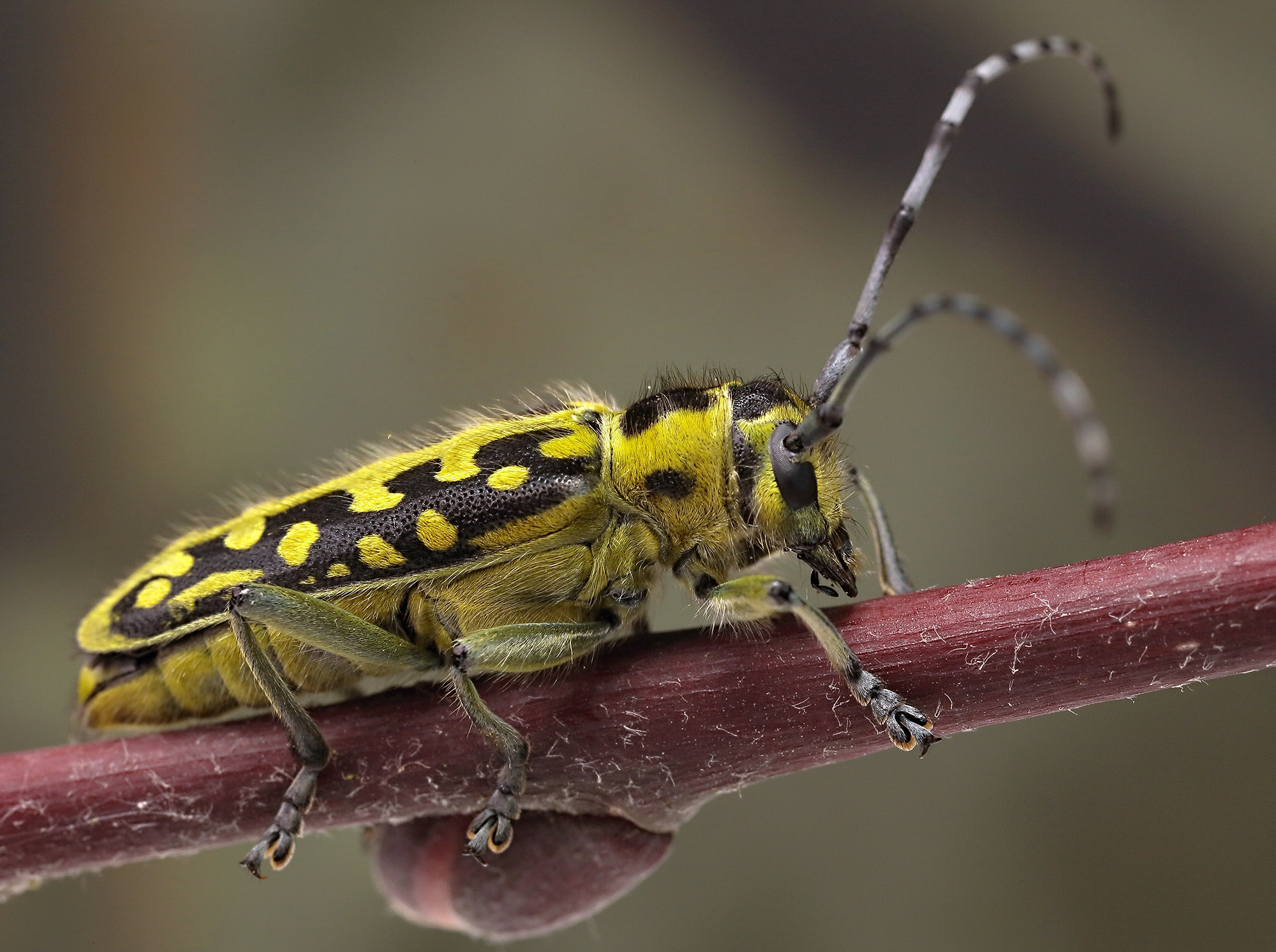
Saperda scalaris ♀ [Photo © Milan Lovětínský]
Saperda scalaris, a beautiful and common but non-entomologists only sparsely spotted longhorn beetle, is a species of deciduous and mixed forests with a large area of distribution throughout almost the entire temperate zone of Eurasia. Development of larvae under the bark of weakened, dying, uprooted and felled trees, in trunks and stronger branches. Often, two generations occur in the same wood at the same time. The larvae can be found in wood with a diameter of 3 to more than 100 cm, but usually in diameters of 12-25 cm from the roots to a height of several tens of meters. Larvae bore irregular, mostly transverse galleries. The second year before the winter, the larvae bore into the wood, where at a depth of 10-40 mm they create a pupal cell with an exit hole clogged with longer splinters. The exit hole is usually located above the entrance hole and the pupa is upside down. A smaller part of the larvae continues in feeding in the spring and pupate later, which may explain the long period of occurrence of the adults. Less frequently, if the tree bark is thick, are shallow pupal cells located under the bark or directly in the bark. Life cycle is two years, rarely three years. Adults are active from May to August wuth peak in June (in the mountains up to July). Despite the number of larvae and the number of empty pupal cells, only a small number of beetls can be seen in the nature, because they stay hidden in the treetops. Adults are crepuscular and can be attracted by light.
Body length: 11 - 19 mm Life cycle: 1 - 3 years Adults in: May - August Host plant: extremely polyphagous in broad spectrum of deciduous trees (Quercus, Alnus, Ulmus, Populus, Fagus, Betula, Frangula, Acer, Tilia, Sorbus, Salix, Prunus, Malus, Cerasus, Juglans, Corylus, Juglans, Castanea, Rubus) and occasionally in conifers (Abies, Picea) Distribution: Albania, Austria, Belarus, Belgium, Bosnia and Herzegovina, Bulgaria, Croatia, Czechia, Denmark, Estonia, Finland, France, Germany, Greece, Hungary, Italy, Latvia, Lithuania, Luxembourg, Moldova, Montenegro, Norway, Poland, Romania, Russia, Serbia, Sicily, Slovakia, Slovenia, Spain, Sweden, Switzerland, Ukraine, United Kingdom, China, Kazakhstan, Mongolia, North Korea, Turkey
The depicted beetled were reared from larva found in pupal cells built in sapwood of a dead alder (Alnus glutinosa) in Lašovice environs (Rakovník county, Central Bohemia, Czechia) in winter 2021.Collected by Miroslav Polcar
Sláma M.E.F.:
Tesaříkovití – Cerambycidae České republiky a Slovenské republiky / Cerambycidae of the Czech Republic and Slovak Republic.
Milan Sláma private printing, Krhanice, 383pp [pages 314-315], 1998 [ISBN: 80-238-2627-1]. [download]
Vitali F.:
Atlas of the Insects of the Grand-Duchy of Luxembourg: Coleoptera, Cerambycidae.
Ferrantia, Musée national d’histoire naturelle, Luxembourg 79: 1-208 [pages 120-122], 2018. [download]
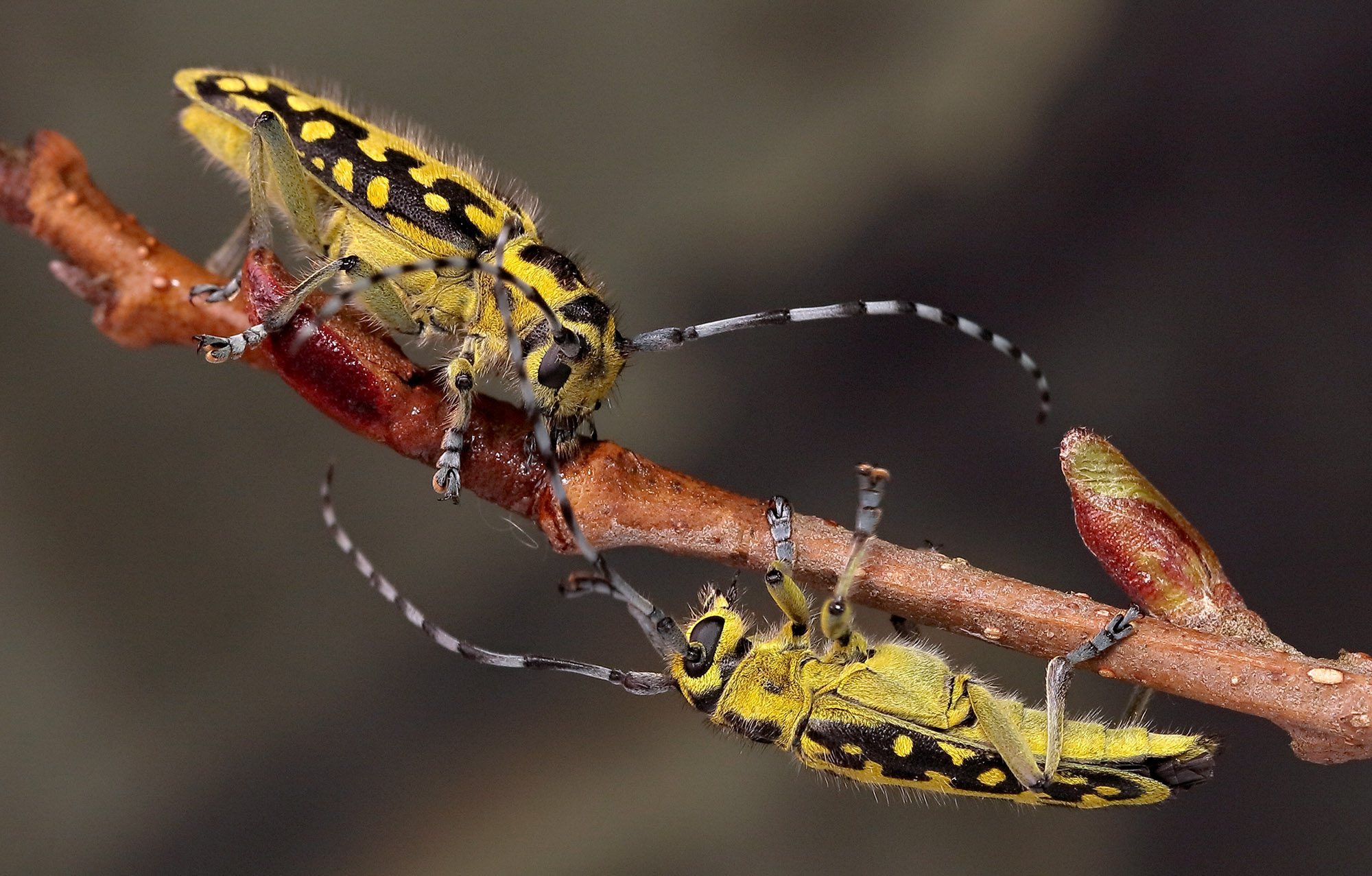
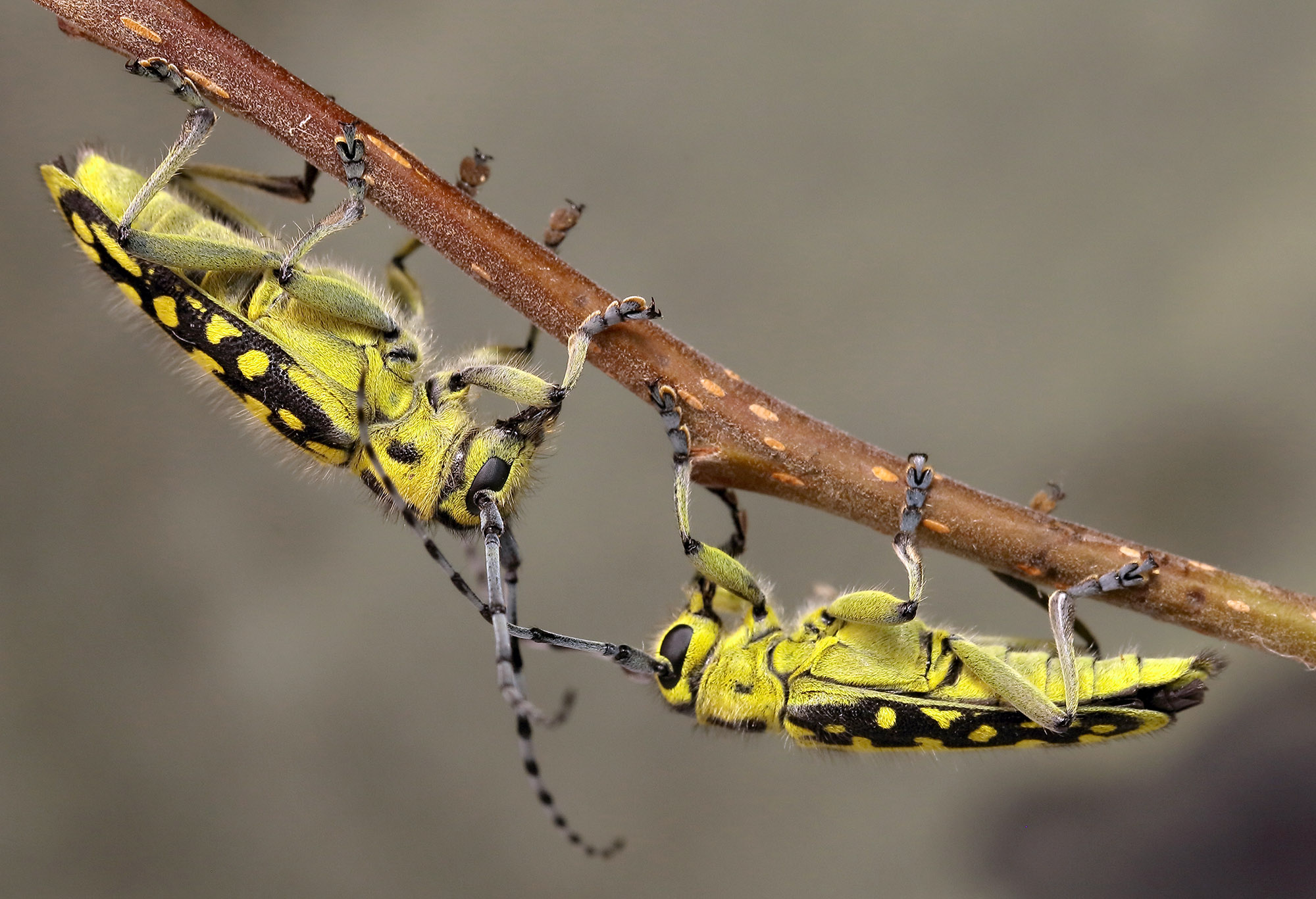
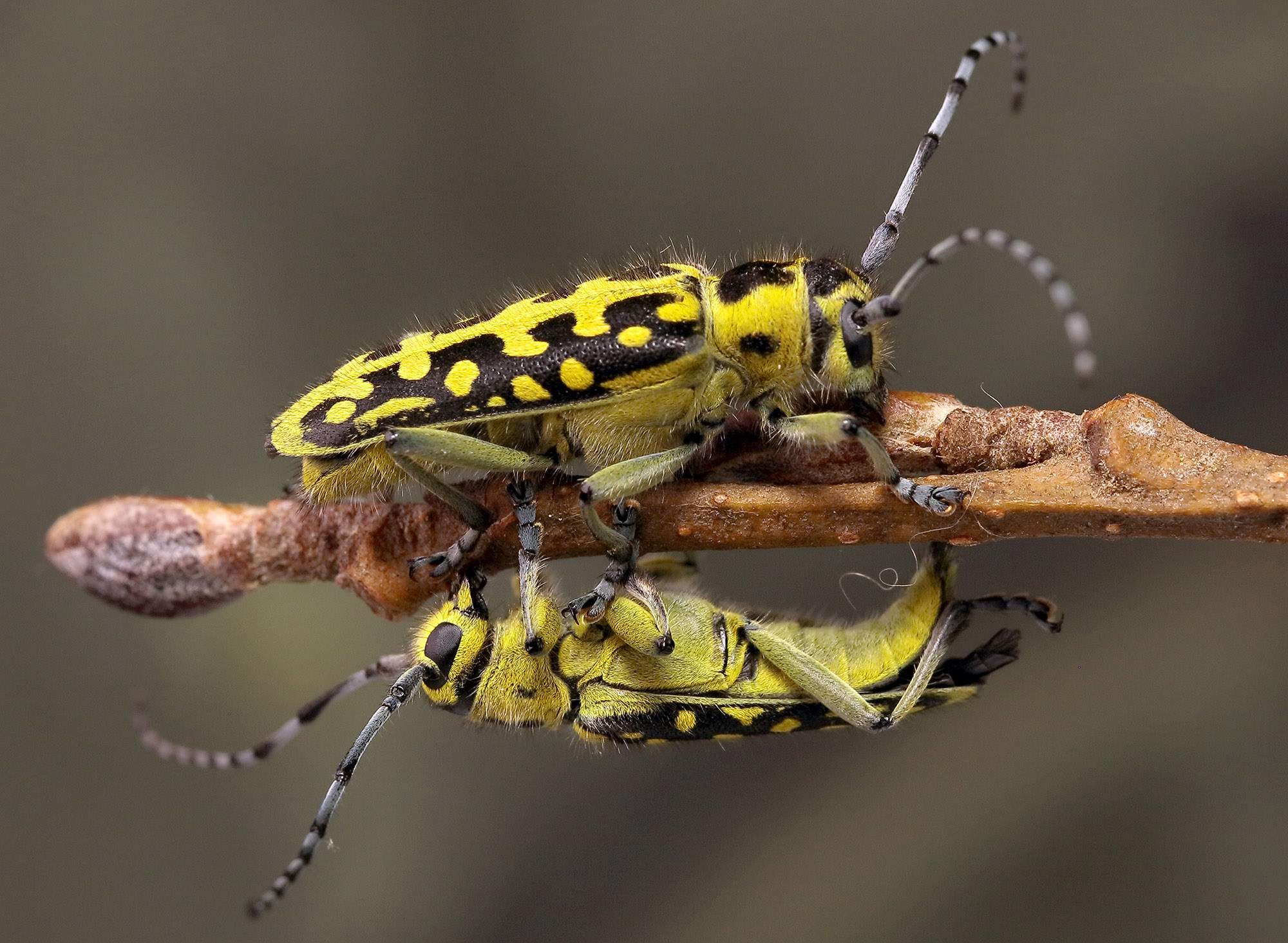

Saperda scalaris ♂ + ♀ [Photo © Milan Lovětínský]
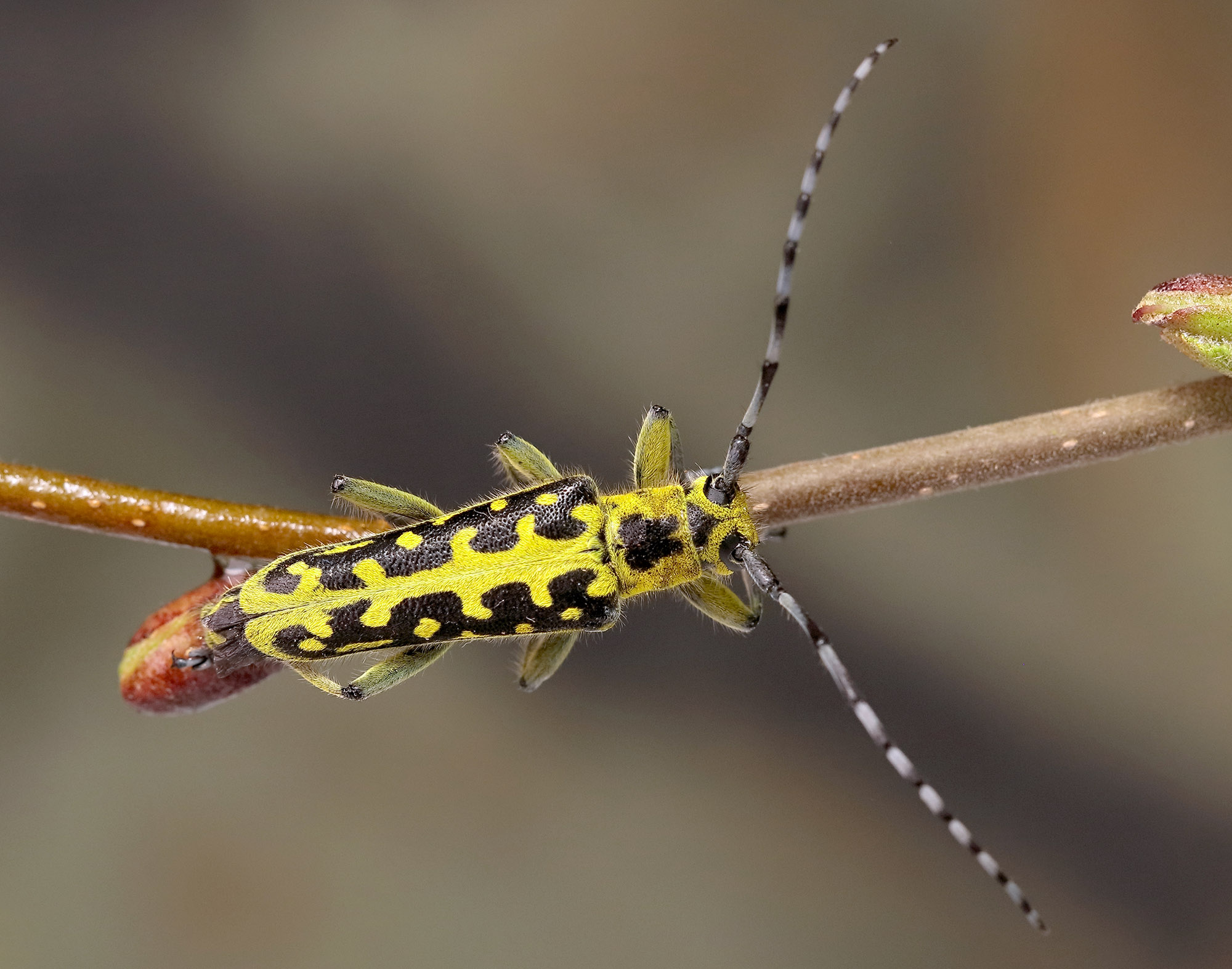
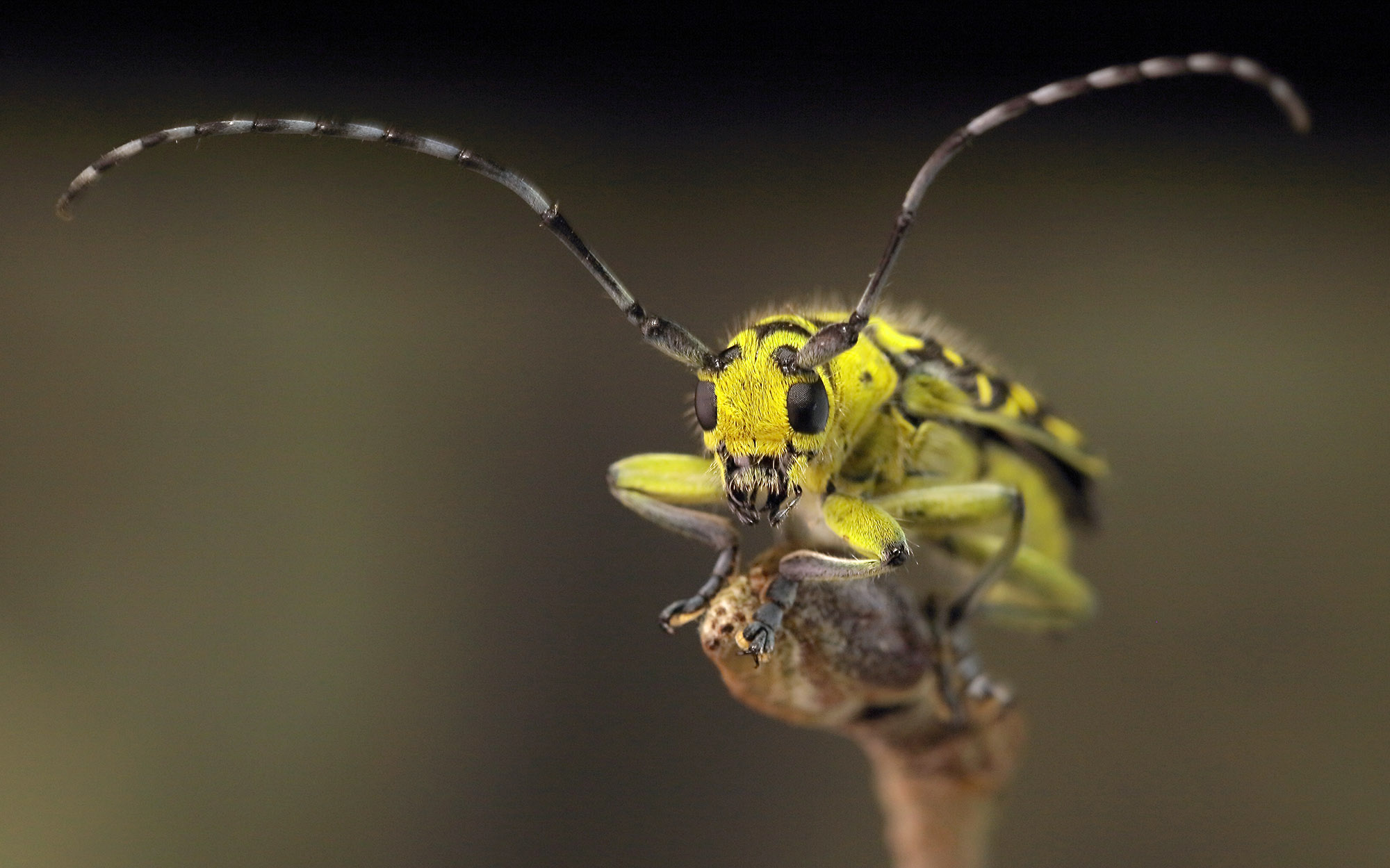
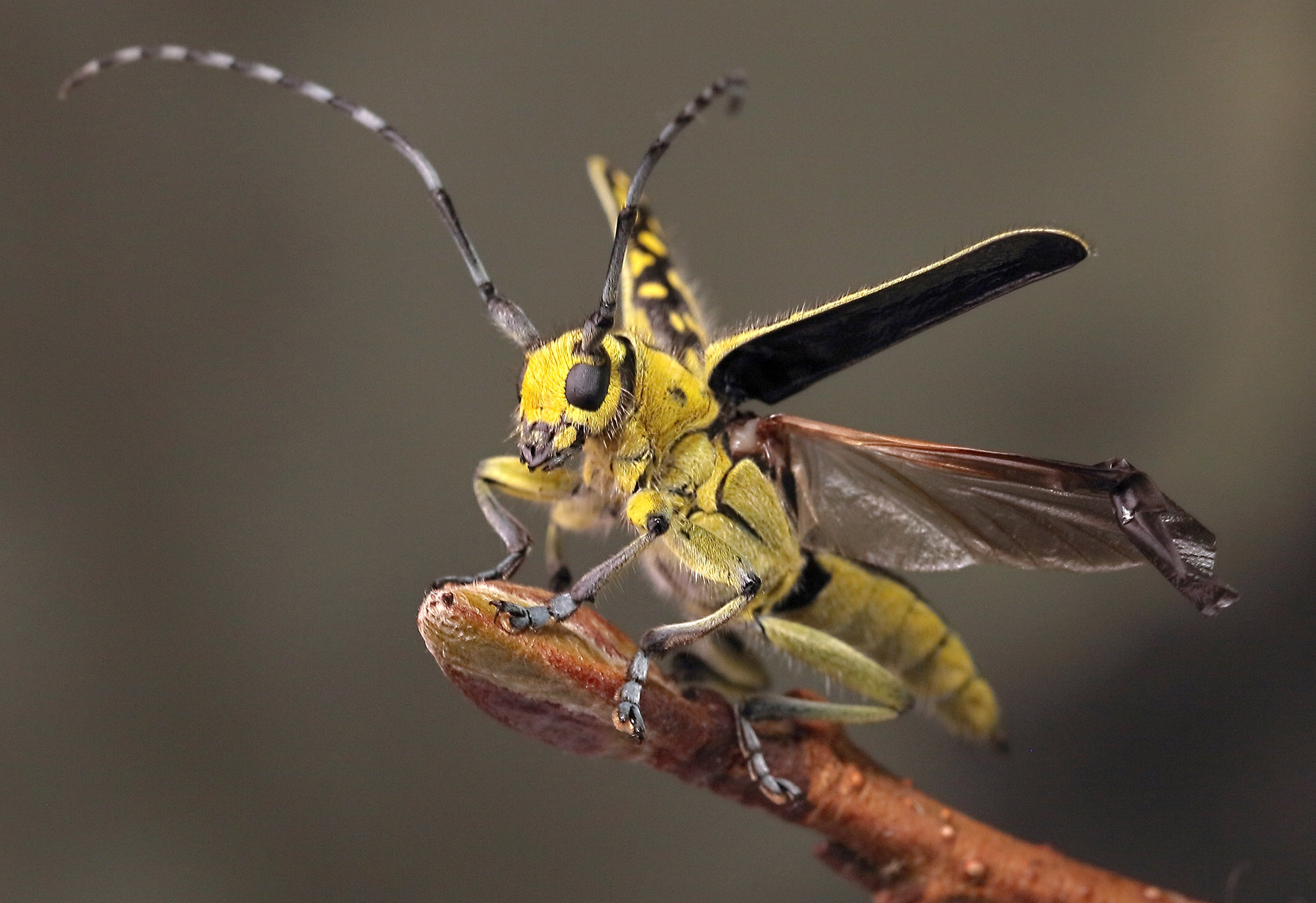
Saperda scalaris ♂ [Photo © Milan Lovětínský]
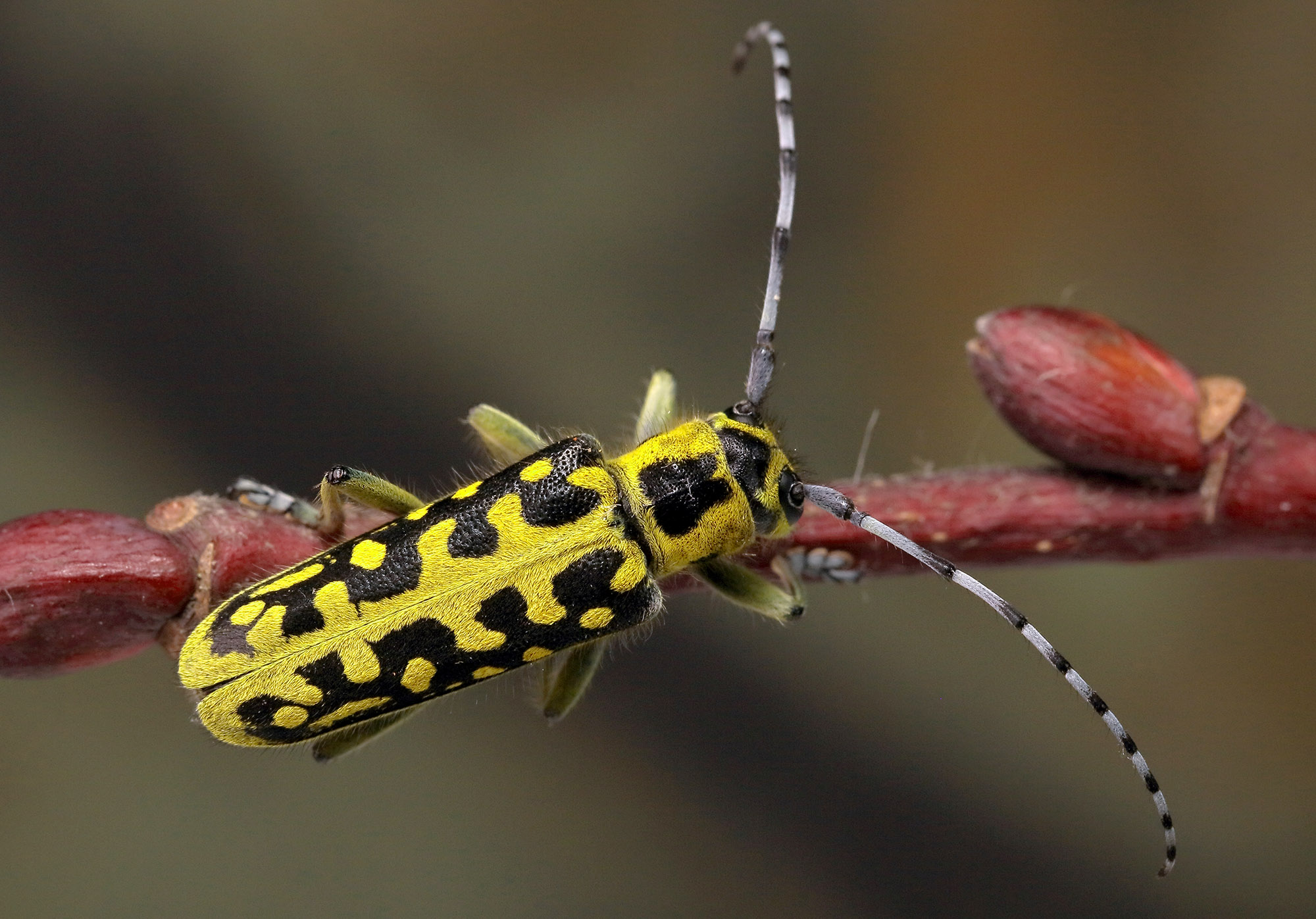
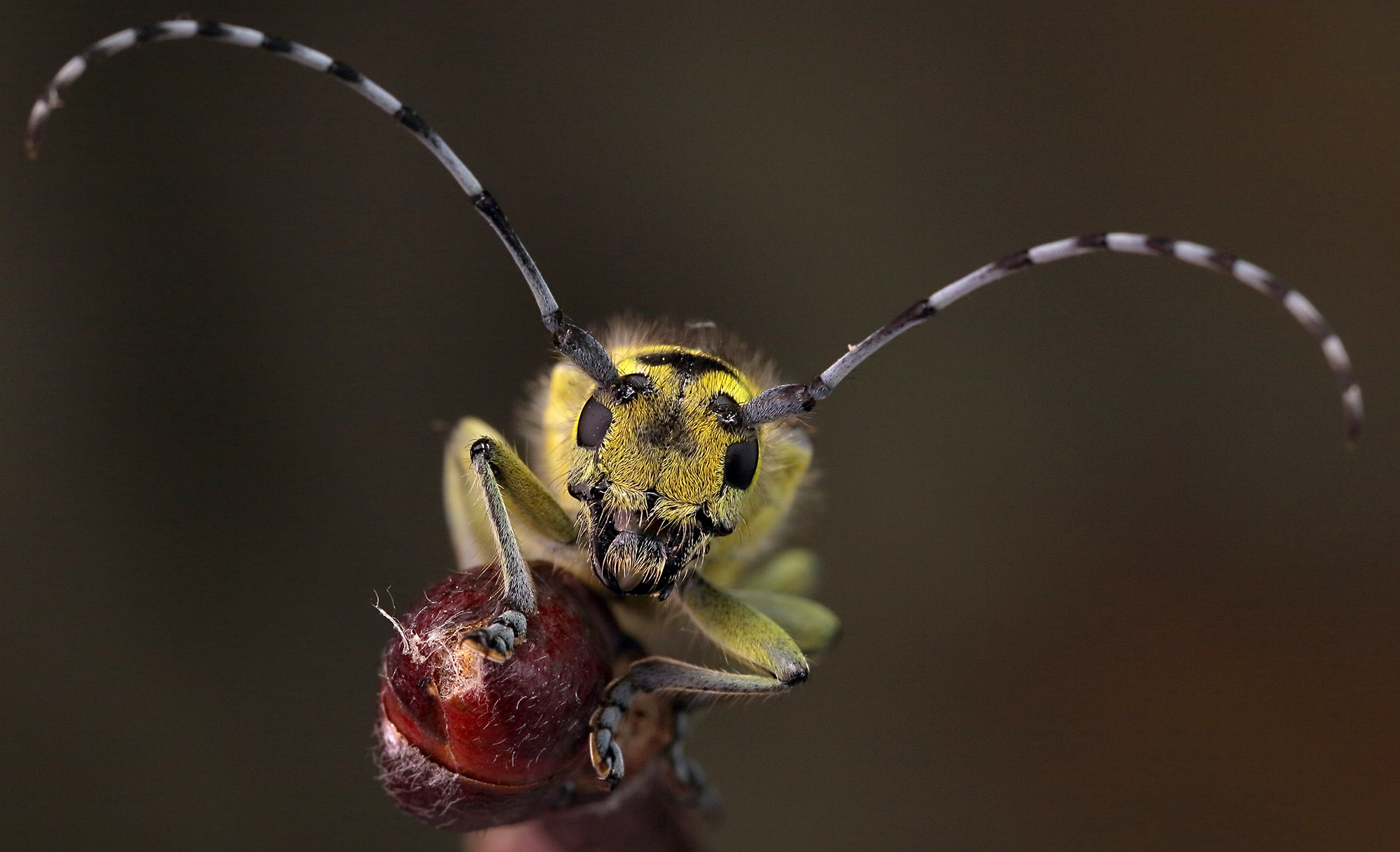
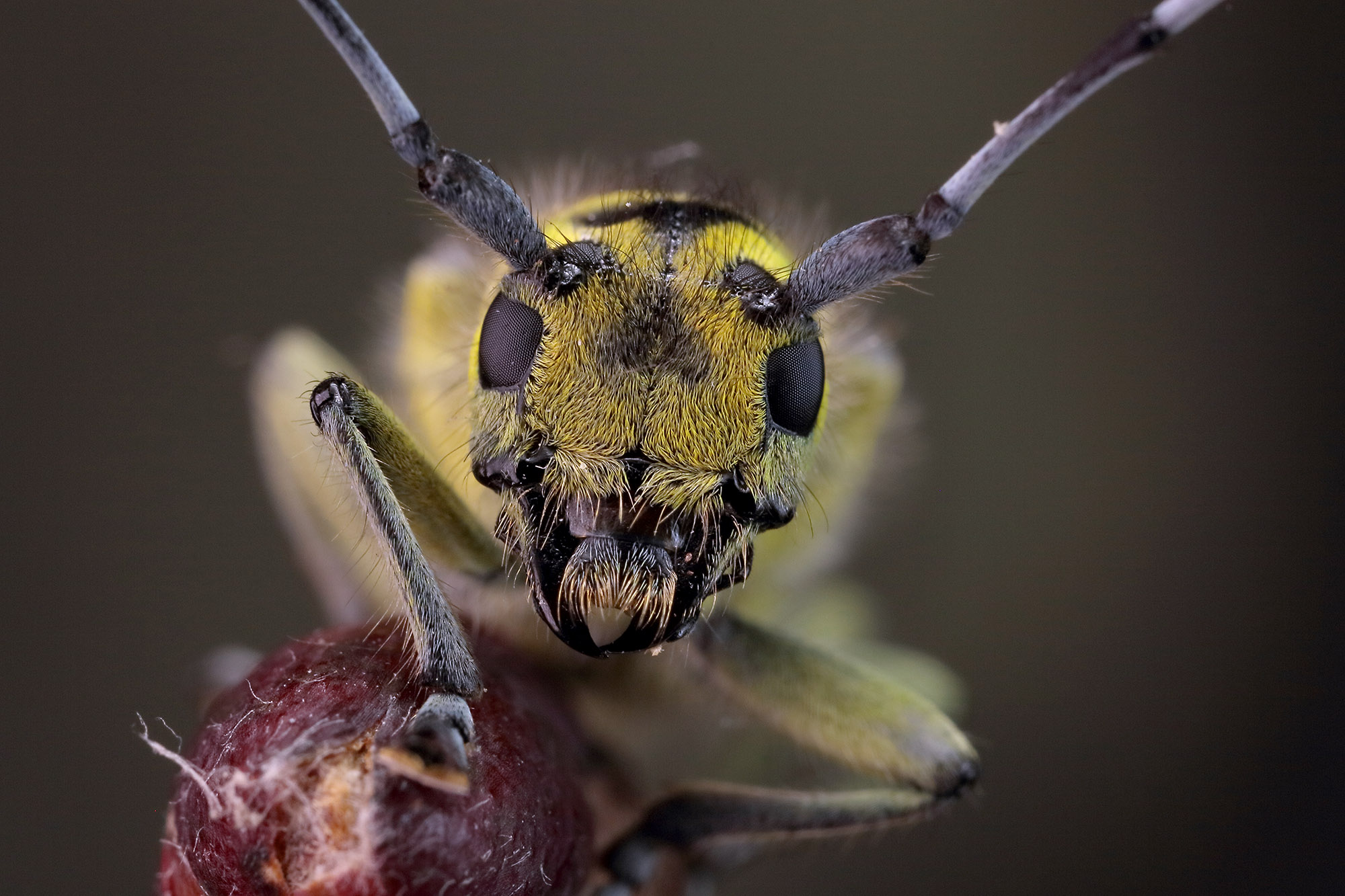
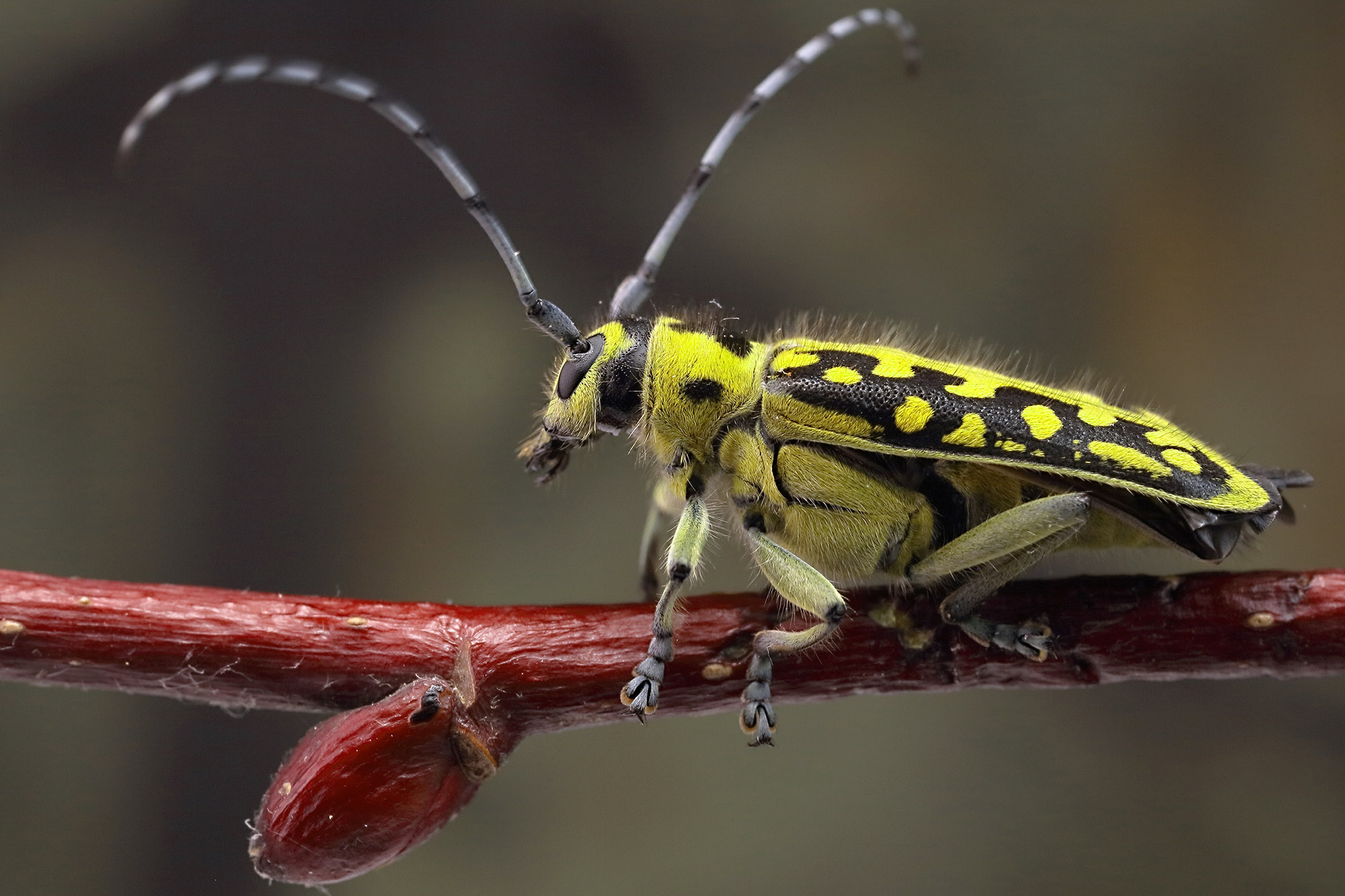
Saperda scalaris ♀ [Photo © Milan Lovětínský]
| Subfamilia | Lamiinae Latreille, 1825 |
| Tribus | Saperdini Mulsant, 1839 |
| Genus | Saperda Fabricius, 1775 |
| Subgenus | Eusaperda Danilevsky, 2023 |
| Species | Saperda (Eusaperda) scalaris (Linnaeus, 1758) |
| Subspecies | Saperda (Eusaperda) scalaris scalaris (Linnaeus, 1758) |
